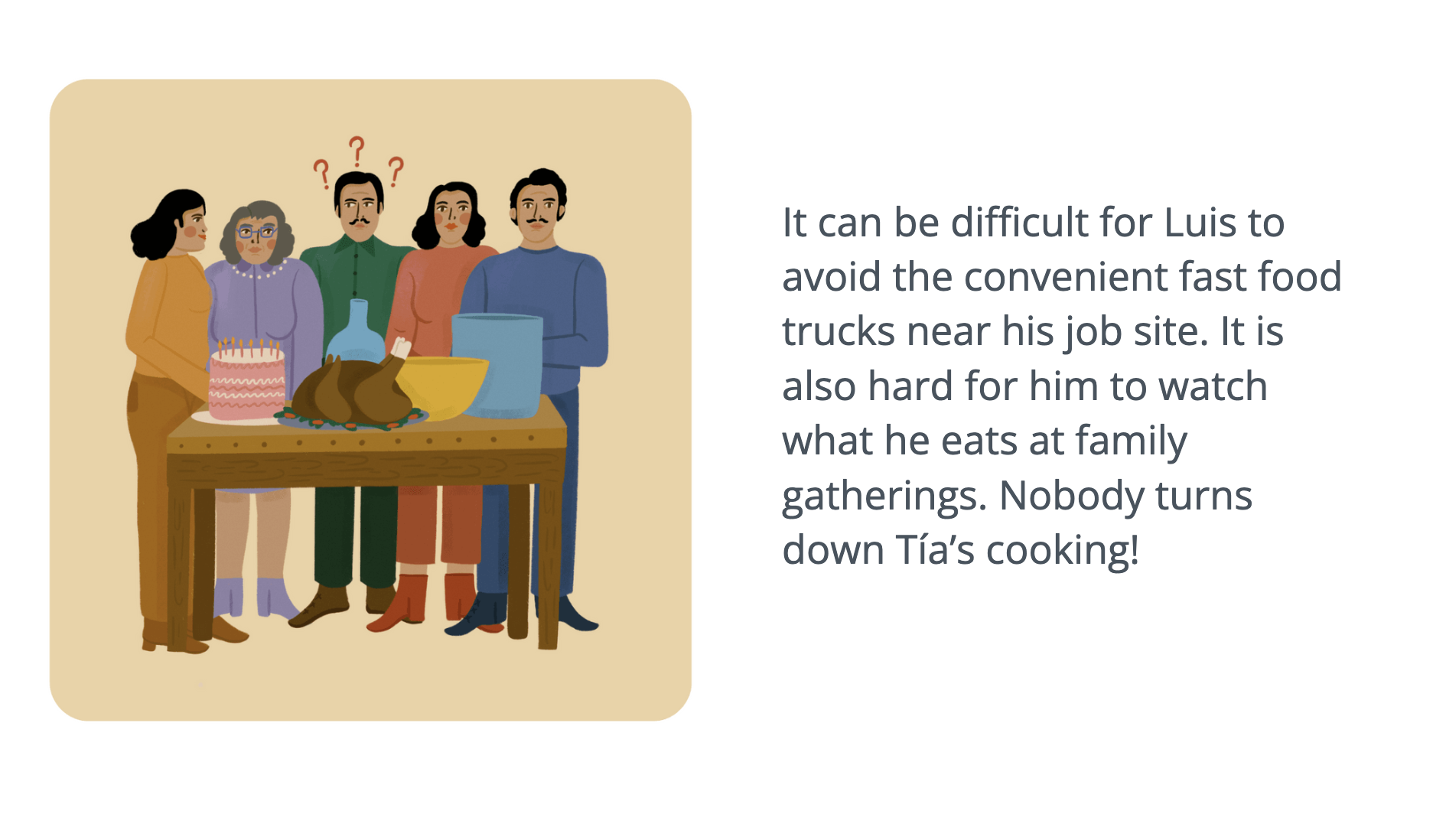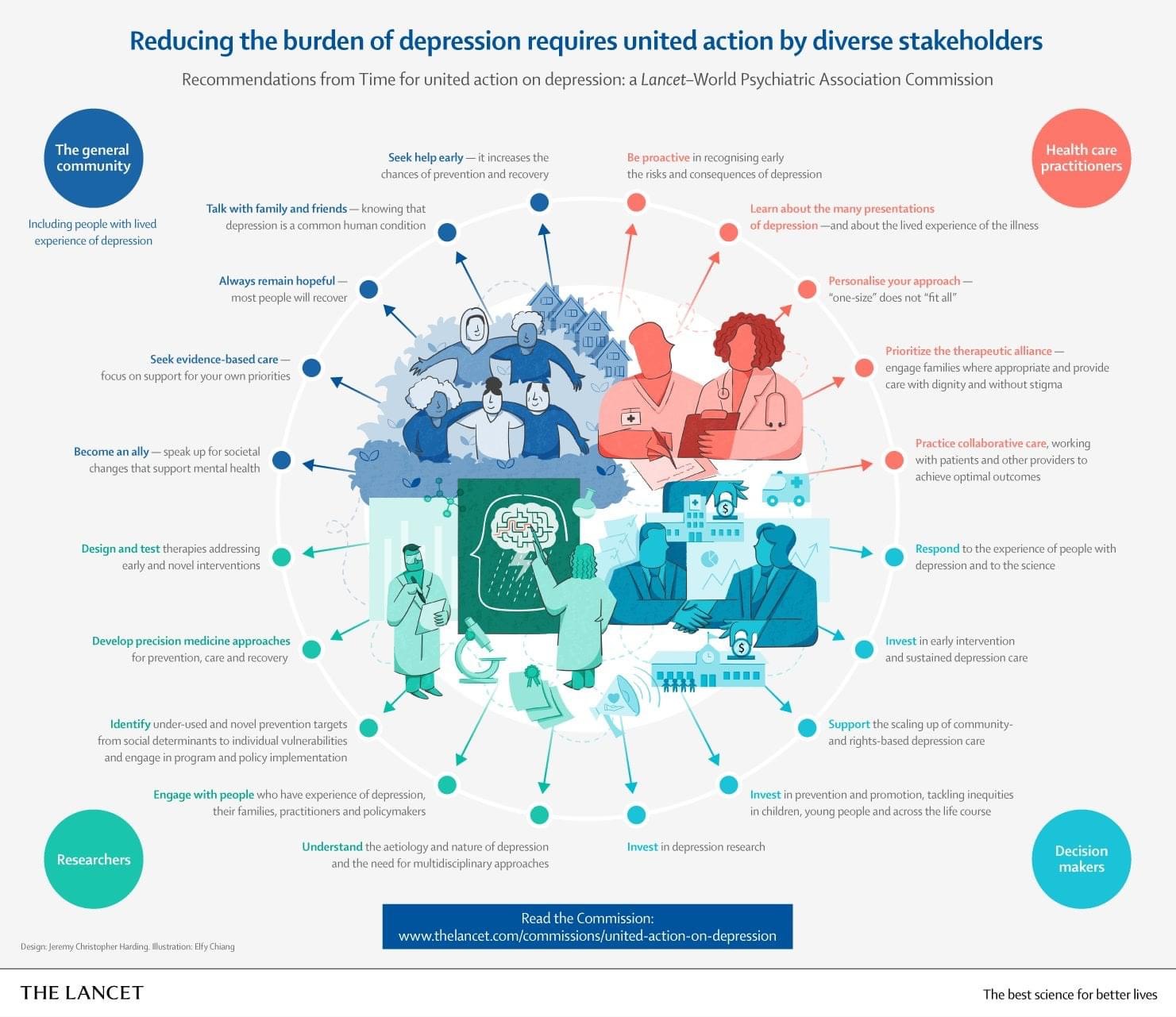A Timeless Recipe
When it comes to communicating science, many scientists see art as what icing is to cake. It makes the final product more scrumptious and beautiful, but it’s added at the very last step of the cake-making process. Maybe it’s even the store bought icing-in-a-jar kind of add-on that doesn’t feel like an important part of the process at all.
But art is to science – and should be to science communication – what pie dough is to a blueberry pie. Art has always been an integral part of science. It gives scientific ideas shape and imagination. It’s best hand-crafted and it can’t wait until last.
Look into any science lab notebook to see how important art is to the very creation of scientific knowledge. Look at the covers of peer-reviewed scientific journals or inside the pages of nearly every famous scientific research paper. You will see art – figures, drawings, 3D models, diagrams, data visualizations. Some of the most well-published scientific researchers I know personally have told me that the first thing they do before they write a paper – or before they even begin to collect data for a study – is to visualize what the figures will be.
“The greatest scientists are artists as well.” – Einstein
As integral as art is to science, it is even more integral to the communication of science. From visuals to storytelling, art gives meaning to scientific findings. Art helps people make sense of complex scientific information – it makes science more approachable, understandable, interesting and compelling to other scientists and broader audiences alike. Art also makes science more participatory. I’d be willing to bet that every piece of science that has ever made significant impact, or meant something to the lives of people broadly, has been communicated artistically.
Just look at the drawings of Charles Darwin’s Beagle shipmate and ship artist Conrad Martens, who brought the Beagle voyage to life through visuals, or the incredibly detailed “new-species-elucidating” illustrations of his colleague John Gould. Look at the the data visualizations of Florence Nightingale, or the recent viral image of what a black hole looks like. And there are so many examples of scientists whose artistic skills were key to their innovations.
Science is art. And perhaps the more science is art, the more it has an impact. Without art, science lands flat.
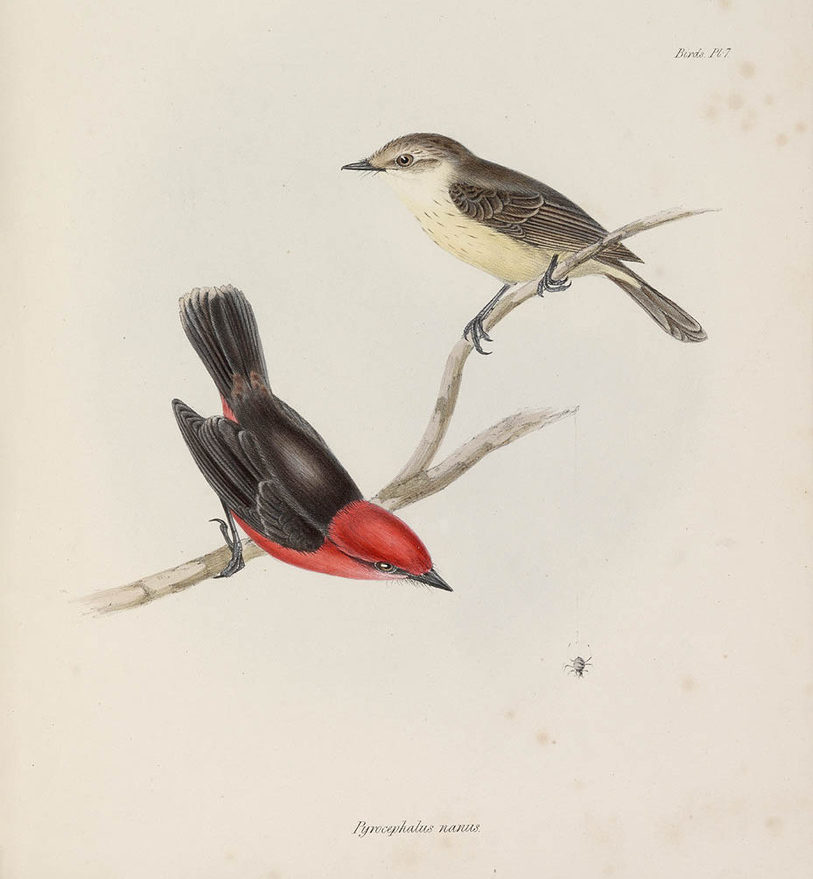
The Zoology of the voyage of H.M.S. Beagle, by John Gould. Held by State Library of New South Wales.
Of course, you can make your own blueberry pie – aka science art – without much training. The filling is usually simple to make, anyway. But the best pies come from bakers with years of experience, skill and patience in making homemade pie dough and cooking it to a golden perfection.
Most modern scientists receive no formal training in visual communication, or even in effective communication strategies broadly. Learning about or creating science art is an activity of spare time, leisure or luxury for the modern scientist. The problem is that the scientist has no time. Researchers are under intense pressure to publish and torn between a myriad of time-intensive tasks such as keeping up with news and scientific updates in their field, grant writing, teaching, conducting field or lab-work, writing papers, attending conferences, training and mentoring junior researchers. (Sound familiar?)
Most scientists – especially ones early in their careers – simply don’t have time to communicate their science as broadly and accessibly as they could (and in a way that would benefit their careers and the public impact of their work.) Create compelling visuals and narrative to support these communication efforts? Forget about it.
A simple solution – Let’s work together
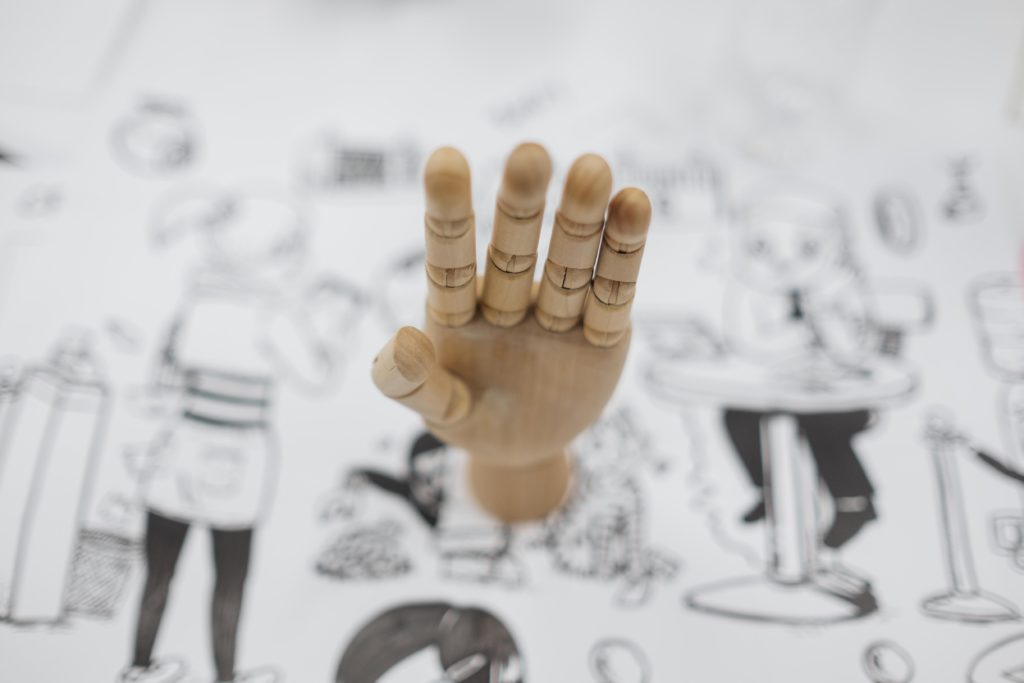
Reach out to an artist to start a sciart collaboration. Start with the Lifeology Members community or #sciart on Twitter and Instagram.
Science needs art. Scientists have no time for art. It’s a problem that many have tried to solve with new visualization tools and mini-workshops for scientists. But there’s a simpler solution with vastly greater potential for success that goes to the heart of what science is all about: Interdisciplinary collaboration.
To create scrumptious, gripping, memorable, meaningful, change-making science communication, science doesn’t just need art – it needs artists.
By working with artists, modern scientists who are pressed for time can focus on their research activities while realizing broader impacts for their work. Science-artist collaborations are also proven to benefit science, beyond effective communication to broader audiences. Various studies have found that collaborating with artists helps scientists to see their own work in a new light. These collaborations can spark insight and inspire scientific creativity, spurring scientists to test new hypotheses and consider novel interpretations of their findings.
“Scientists and artists frequently claim that art-science collaboration is ‘transformative’; it changes their perspective or generates insight, often by facilitating engagement with the public or with stakeholders and subjects of science.” – Understanding Third Space: Evaluating Art-Science Collaboration
Dear scientist, here are all of the reasons why you should work with artists…
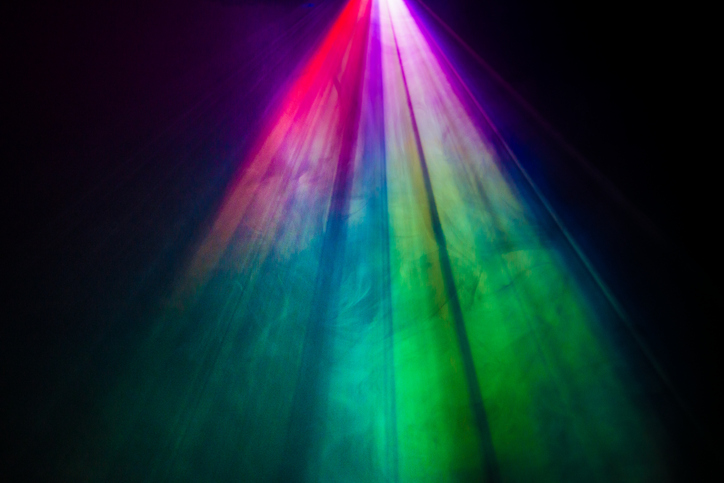
Make an impact with sci-art.
Create Impact
Artists can help you communicate your research findings more effectively, especially to broader audiences.
“Graphics have the potential to increase the attractiveness, understandability, and communication power of research findings. They can help science reach audiences that research literature never will.” – Khoury et al., 2019, Communications Biology
Professional artists will see your work and its implications differently than you do. They can help make your science more relatable to audiences outside of your field and can help place your work in a wider public context. For example, artists at CERN – home to both the Large Hadron Collider and the world’s largest particle physics research facility – are helping to translate findings to larger audiences. CERN initiated a flagship art residency program called Collide in 2011.
“Artists can also collaborate with scientists to raise awareness on a particular scientific result that can help change society.” – Ramchandani, 2018
“When it comes to explaining their findings to a larger audience, scientists often lack the skills to do so efficiently. The use of illustrations and graphics can help get a complicated point across more easily and may be more easily understood by a wider audience. This is especially important for findings that have a global impact, like translational research into vaccines, cancer, and other common debilitating illnesses.” – Goldberg, 2019
Make a statement
Art can help you say things that are difficult to express in words. Working with an artist can help you quickly but clearly and accurately get a complex scientific message across.
“An illustration may be intended to emphasize details, convey an idea or raise questions.” – Ippolito, 2003, Nature
Open up science
Scientific research can better solve pressing problems when diverse stakeholders participate in it, helping to ask and answer the research questions that matter, interpreting findings in the light of real-world scenarios. Collaborating with artists can help you communicate your science in a “universal language” that reaches more people and empowers them to participate.
“Artists and designers can help scientists both communicate climate science to the public more effectively and be better scientists,” climate scientist and NASA JPL researcher Mika Tosca wrote in Eos in 2019. “In this moment, especially in the field of climate science, we need, more than ever, for the public to engage with science. Through inviting and evocative designs that tell the story of the data in a more intuitive way, we can better foment the magnitude of the climate crisis in the public psyche and, ultimately, encourage people to invest in the necessary solutions.”
“Some people‘s identity (eg ‘I suck at math!’) might keep them from engaging with science. Offering a way to approach science that’s aligned with their identity (eg understanding an artist‘s work) may make it accessible to them.” – Dr. Mirjam Glessmer, @Meermini on Twitter
Save time
Working with artists will help you save time creating visual materials for scholarly and public communication about your work.
Attract funding
Collaborating with artists and learning to speak their language can help you compete for research funding that puts an emphasis on broader impacts and science communication. The NIH and other science funding bodies are increasingly looking for meaningful descriptions and assessments of broader impact activities in your grant proposals and reports.
Become a better communicator
Collaborating with science artists and storytellers can improve your own communication skills. You’ll learn from collaborative projects how to translate your scientific messages for broader audiences and create a broader reach for work, not just for the sake of public engagement but also to help your findings reach other scientists outside of your niche field.
“Often the supporting, and even the main, messages changed as the work progressed and as the artists provided input on what they found easy to communicate and on what they thought would be relevant to the target audience.” – Khoury et al., 2019, Communications Biology
Garner public and media attention for your work
Compelling visuals that accompany research findings can mean the difference between 5 people ever reading your new research paper, and it going viral. Visuals like infographics and other science art can maximize the visibility, spread and reach of your research findings online and in social media networks, where visuals promote clicking, understanding and sharing. Visuals are also a critical component of what new science findings media personnel will find newsworthy and shareworthy – strong visuals “can be a reason for selecting a story”.
Enhance learning in your classroom
Collaborating with artists can allow you to create visuals that help communicate basic science concepts that underpin your work. Admittedly these are nice-to-have learning tools and materials that you wouldn’t otherwise be able to produce, given your time constraints. You can use these materials in your own classroom or as public engagement and service materials.
Push your own research forward
The process of collaborating with an artist around your scientific work can help you see your own work and findings in a new light, identify gaps in your findings or theories, and identify new hypotheses or avenues for research.
“A number of the participating researchers were surprised to find that the act of translating their work into an infographic pushed their science forward. They agonized over the challenge of distilling complex concepts into clear, focused, and accessible messages, but the process helped them to identify the central components of their work and to note areas that they had not studied sufficiently.” – Khoury et al., 2019, Communications Biology

Because it’s fun!
And because you could get your work on the cover of Science, like Sarah Ellinwood did! “Because when you combine science with creativity, amazing things happen!”
More reading
- When artists get involved in research, science benefits – The Conversation
- Artists and scientists: Why collaborate – Medium
- When two tribes meet: collaborations between artists and scientists – The Guardian
“Like the proverbial tree falling in a forest with no one around to hear it, science discoveries cannot have an impact unless people learn about them. The act of communication is part and parcel of doing research.” – Finding the plot in science storytelling in hopes of enhancing science communication


